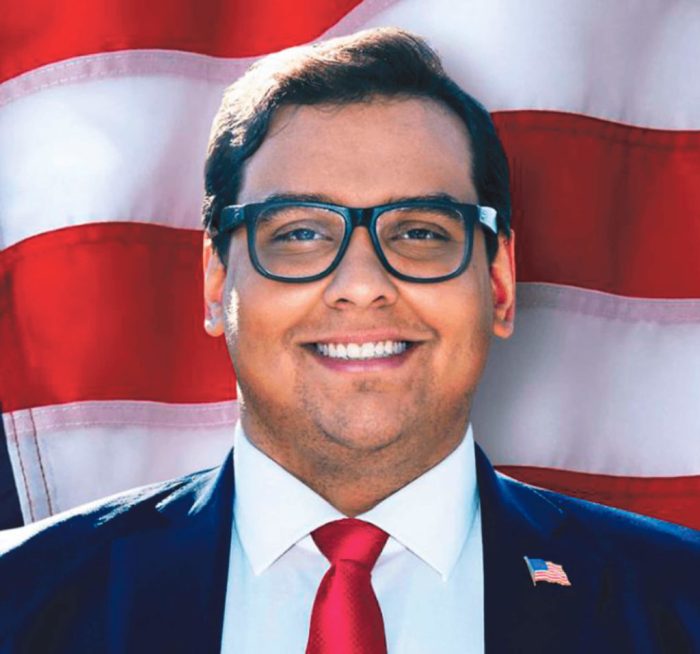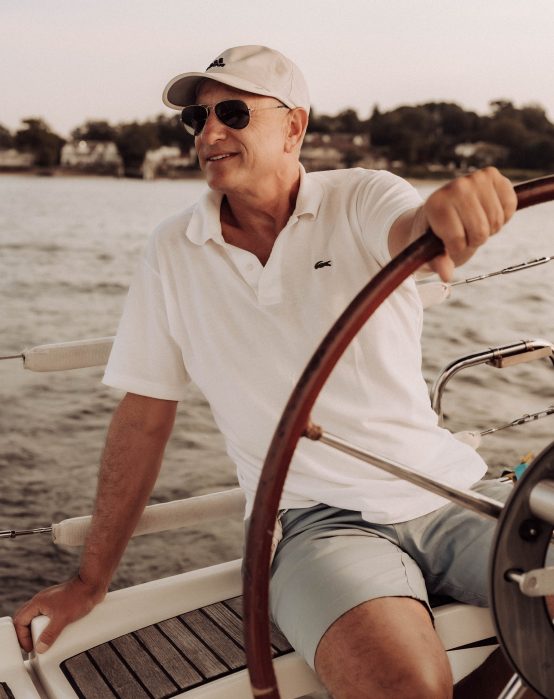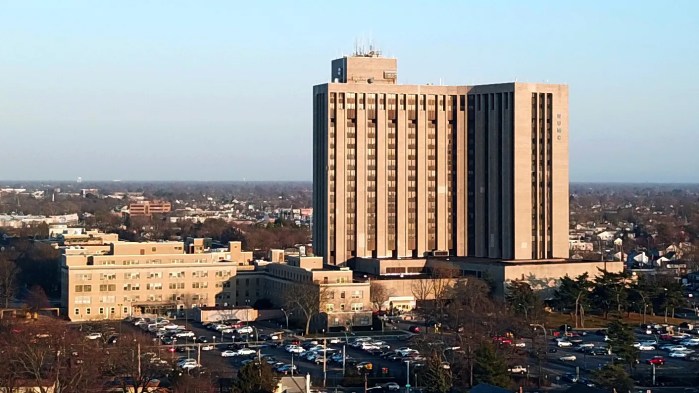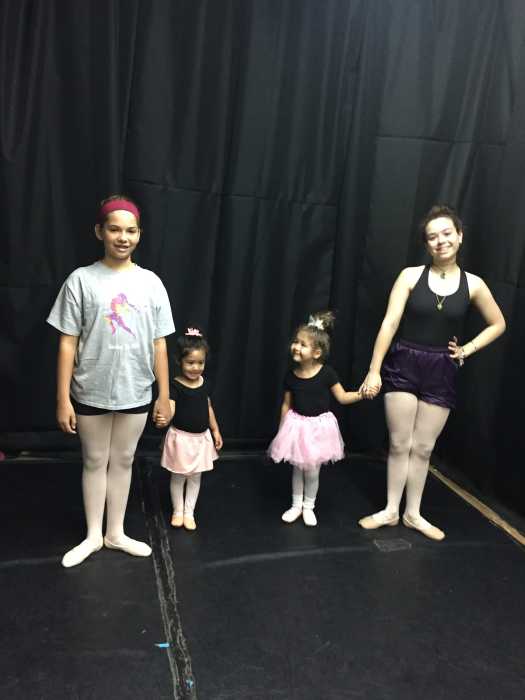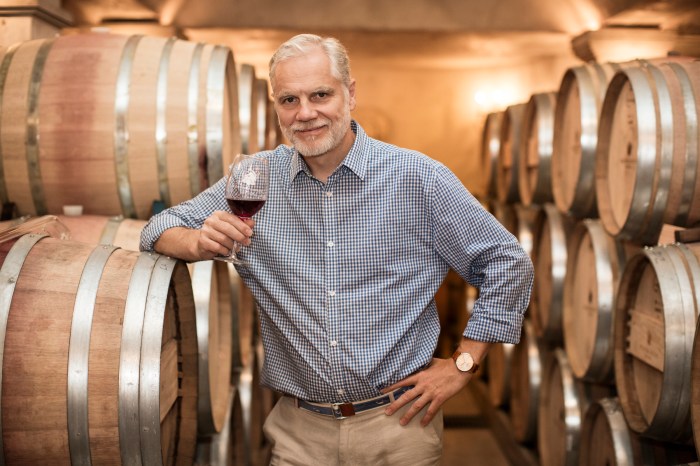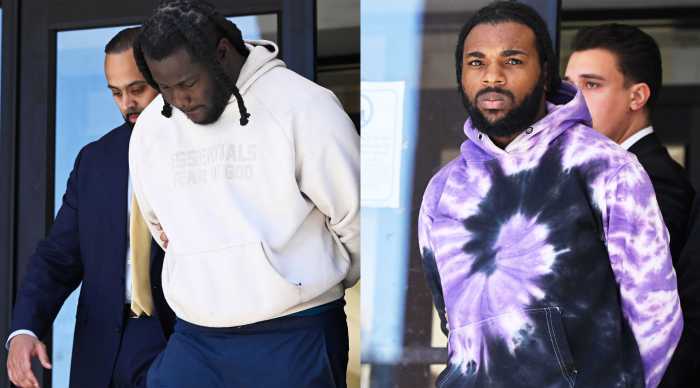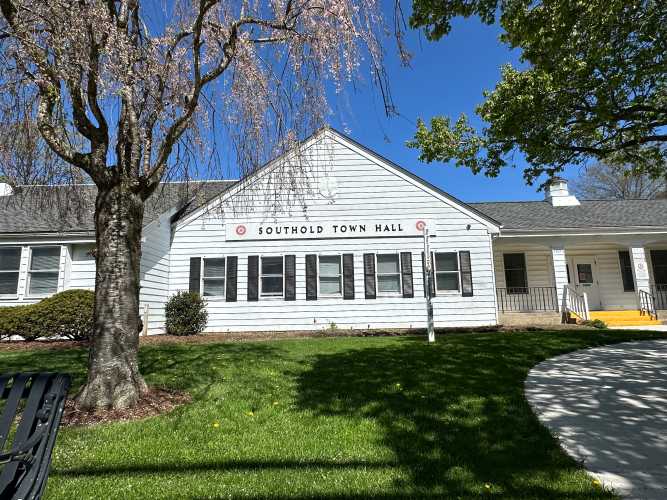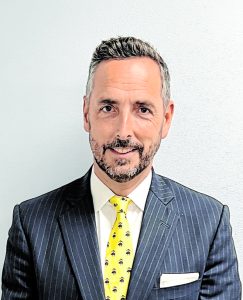 My daughter Sadie has taught me more in her nine years of life than I have learned in my past 52 years of existence. My wife Erin and I had no idea that our daughter had Down Syndrome when she was born.
My daughter Sadie has taught me more in her nine years of life than I have learned in my past 52 years of existence. My wife Erin and I had no idea that our daughter had Down Syndrome when she was born.
Sadie had to stay in the newborn intensive care unit for a few weeks, and we met some of the most compassionate and amazing professionals in the world. Unfortunately, we also met others who were much better off keeping their thoughts to themselves. I remember a doctor at the hospital telling me he was “sorry” after Sadie was born. On another occasion, a family member shared with my wife and I that “Mongoloids can be nice people.” She didn’t mean to upset us. It was her mental model about Down Syndrome.
Initially, as parents, we were surprised with the multitude of closed-minded comments we came across. As Sadie grew and we brought her to restaurants, stores or in public, people would stare at her longer than one should. I’m sharing this with you not to complain but to share the insights our journey has given us. We began to learn how the world can perceive others without knowing anything about them whatsoever, except through the lenses of their biases and assumptions. Little did they know our little Sadie has the best sense of humor and can read on grade level like her peers. She enjoys music and hanging out with her best friends as all children do.
As parents, we began to advocate for more programs in her school and for the school districts we served in. I perhaps should have started this commentary by sharing that both Erin and I are school district administrators. She is an assistant superintendent for curriculum and instruction, and I have served as a superintendent for the past 11 years.
Here are the lessons we learned from our personal lives that now transcend to our professional ones. You never know what others are going through. I have a much deeper respect for parents who have children with autism, Down Syndrome, ADHD or “Other Health Impairment,” which is one of the 14 categories of disability listed in our nation’s Individuals with Disabilities Education Act. They have incredible stories to share, and we need to support them as much as their children. Never place limits on your child or students. Don’t always accept what professionals say at face value. If Erin and I listened to what some professionals believed Sadie would never be able to do, her life would be so much more unfulfilled. She is flourishing. We need to remove the word “special” from education. This word places a label on a child that never leaves them and carries a negative connotation with it. Yes, the children are special, but they certainly are not less than “typical children.” Yes, I loathe that phrase as well. Inclusion is important, but integration is critical.
It’s great to be included, but to be fully integrated is where the secret sauce is. Separating and segregating children is not the answer. Teach them to become independent and watch them soar! A Reality for All Sadie is now in fourth grade. She continues to surprise people with her intelligence, humor and, at times, stubbornness. We are so fortunate to have her in our lives. There are other “Sadies” in every school in America. Are we as school leaders doing everything in our power to make our school system more inclusive and integrated? That’s for you to answer and my hope is that you strive to make that a reality. Every child will benefit from it.
—Michael Hynes, Ed.D. is superintendent of the Port Washington School District.
E-mail: mhynes@portnet.org Twitter: @MikeHynes5




